A Concise History of Sri Lanka
Originally settled about 36,000 years ago, Sri Lanka has one of the world’s oldest histories. So attempting to condense its long and turbulent story into a “concise” version is a fool’s errand. But then, we are the foolish children of a modern age, without the time for outdated concepts like thoroughness or nuance! Give the history of Sri Lanka to us in 140 characters or less, please.
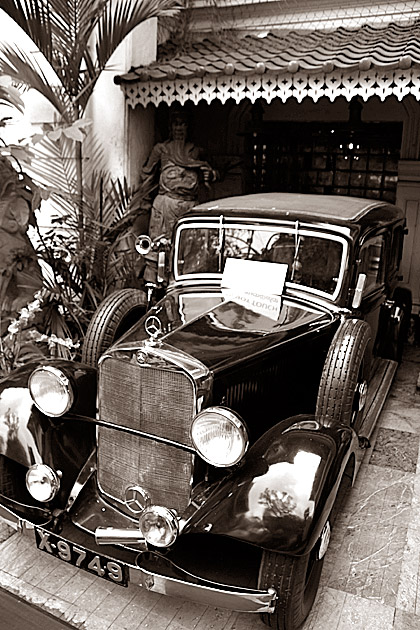
| 34000 BC | Appearance of the Balangoda Man, the earliest evidence of humanity yet discovered on the island. | |
| 18000 BC | Arrival of the Veddas, an indigenous people still extant in present-day Sri Lanka. | |
| 543 BC | Prince Vijaya of India lands on the island, and becomes the country’s first recorded monarch. Sri Lanka would be ruled by native kings until 1815. | 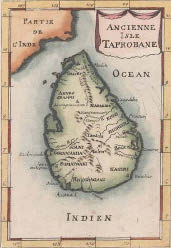 |
| 380 BC | The capital is moved to Anuradhapura, where it remains for 1400 years. | |
| 250 BC | Buddhism arrives to the island, and is thoroughly embraced. Sri Lanka remains one of the religion’s most important centers to this day. | |
| 47 BC | Queen Anula of Sri Lanka becomes Asia’s first female ruler. | |
| 993 AD | The fall of Anduradhapura marks the end of the island’s ancient history. The Cholas of India almost succeed in erasing Buddhism from Sri Lanka, and are only driven out in 1070. | |
| 1153 | Par?kramab?hu the Great rules over the greatest period in Sri Lankan history, initiating numerous construction projects and successful wars against India and Myanmar. | |
| 1505 | Portuguese explorer Lorenzo de Almeida arrives on the shores of Sri Lanka, and establishes the port city of Colombo, initiating European colonialism on the island. The capital is soon moved inland, to Kandy. | |
| 1656 | Sinhalese rulers sign an ill-advised treaty with the Dutch who, after booting out the Portuguese, immediately claim power themselves. | |
| 1796 | The British arrive, and after two long campaigns, conquer the Kingdom of Kandy, bringing the entire island under foreign rule for the first time in history. | 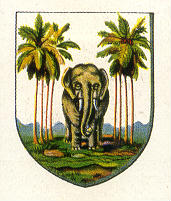 |
| 1824 | Tea is brought to the island to replace a failing coffee trade, and quickly becomes one of the main export crops. Ceylon, as the British call Sri Lanka, becomes almost synonymous with tea. | |
| 1948 | Independence returns to Sri Lanka. Almost immediately, Sinhalese majorities institute policies which marginalize other ethnicities. | |
| 1983 | The Sri Lankan Civil War kicks off in earnest, pitting the Sinhalese government against the Liberation Tigers of Tamil Eelam, who eventually control most of the north. | |
| 2004 | The Indian Ocean earthquake and tsunami ravage Eastern Sri Lanka, with over 35,000 dead and over 500,000 displaced. | |
| 2009 | After 26 years of fighting, the government finally defeats the Tamil Tigers, bringing an end to the devastating Civil War. | |
| And on… | Anxious for peace, the Sri Lankan people turn attentions to recovery and eco-tourism. Sri Lanka currently enjoys a high rate of growth, with one of the world’s fastest growing economies. As long as its different cultures get along, the future looks bright. | |

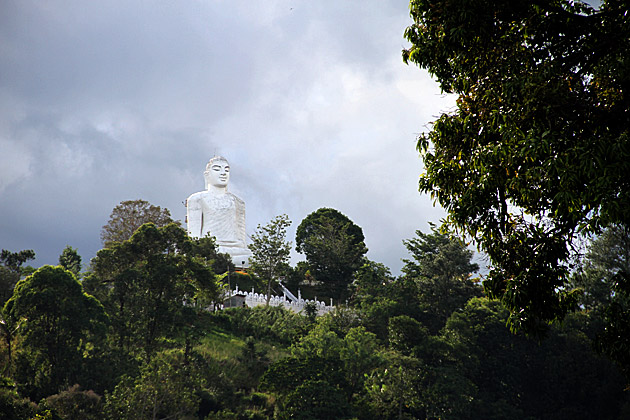
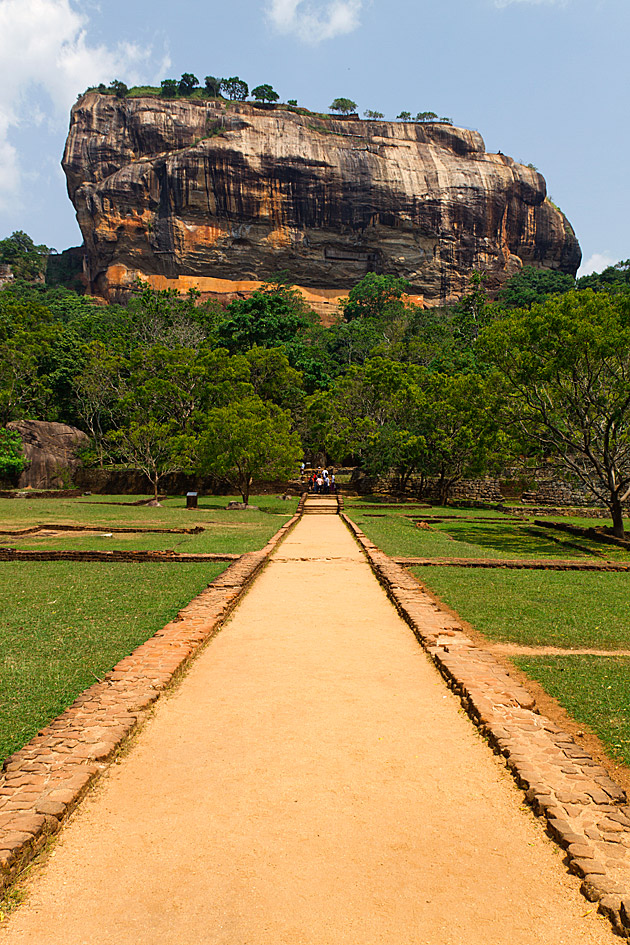
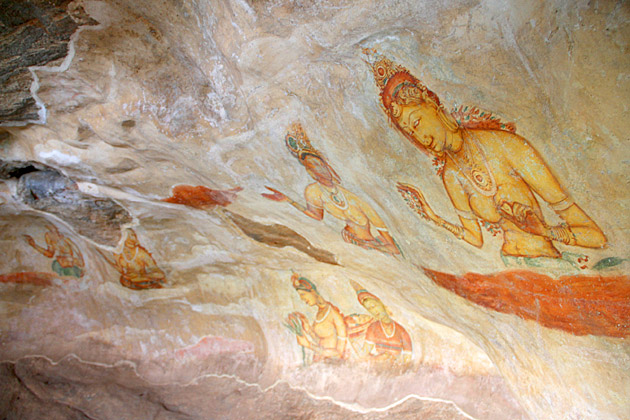

Perfect
concise version! I learnt a thing or two as well 🙂